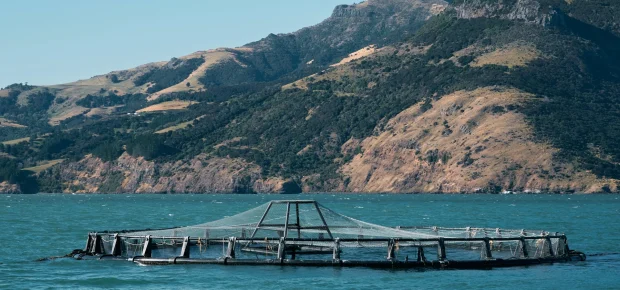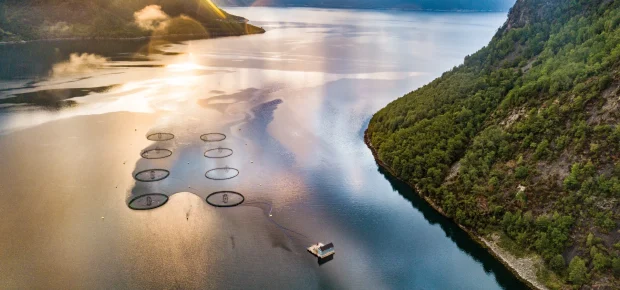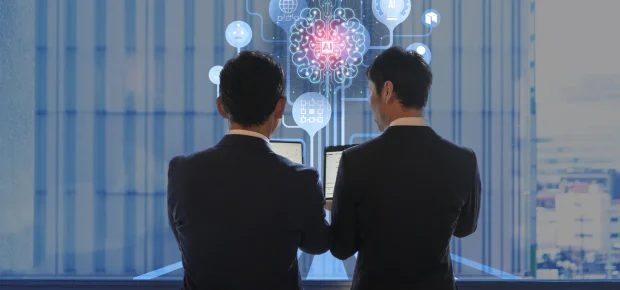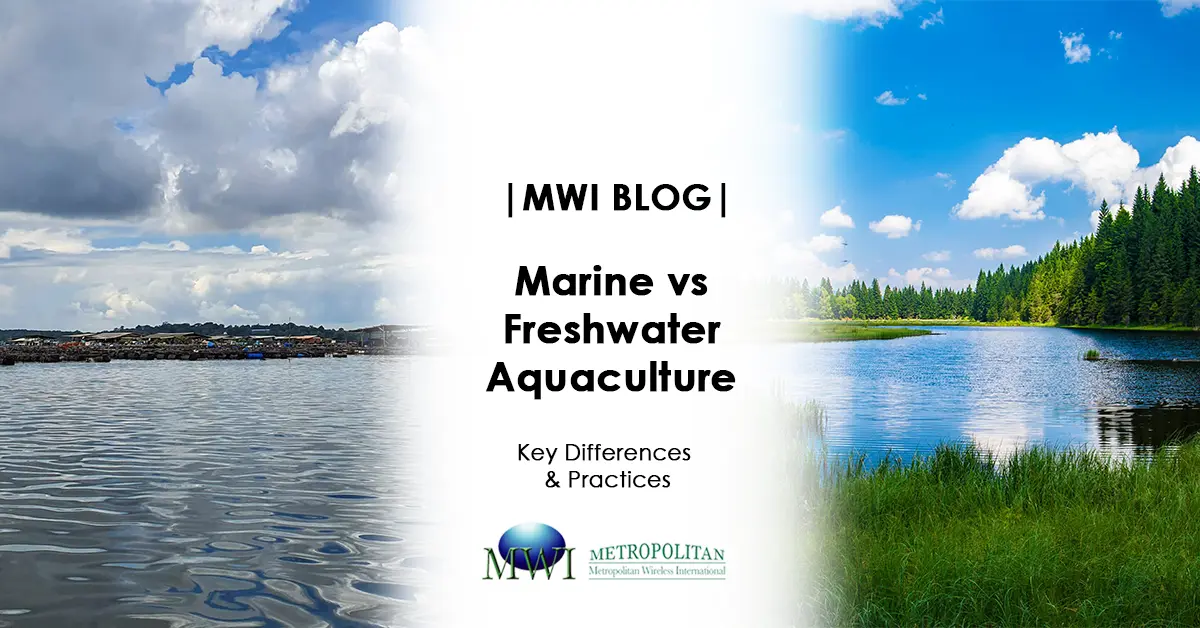Aquaculture, the art of fish farming, is a diverse field. It spans across various environments, each with unique practices and challenges. In this exploration, we delve into the two primary branches. Marine and freshwater aquaculture. We’ll also touch upon how these practices are applied in Singapore. A hub for innovative aquaculture techniques.
Understanding Marine Aquaculture
The Salty Waters
Marine aquaculture, or mariculture, involves farming in the ocean. It’s a realm of salty waters. Species like salmon, oysters, and sea bass thrive here. The key is managing the saline environment. Salinity levels directly impact fish health and growth.
Technology in Play
Advanced technology are crucial. Water quality monitoring is more than a practice; it’s a necessity. Salinity, pH, and oxygen levels are watched closely. This ensures optimal conditions for marine species. In Singapore, coastal fish farms leverage such technology. Which showcases a blend of tradition and innovation.


The Realm of Freshwater Aquaculture
Freshwater Environments
Freshwater aquaculture takes place in rivers, lakes, and ponds. It’s home to species like catfish, carp, and tilapia. Here, the water is less complex in terms of salinity but comes with its own set of challenges. Managing water quality, preventing overcrowding, and addressing nutrient balance become crucial aspects in ensuring the health and sustainability of freshwater aquaculture systems.
Focus on Ecosystems
Maintaining a balanced ecosystem is vital. Factors like temperature and water quality play a huge role. Freshwater species are often more susceptible to changes in their environment. Thus, consistent monitoring is essential.
Key Differences
Environmental Factors
The primary difference lies in the environment. In marine aquaculture, environmental factors such as ocean currents, temperature fluctuations, and nutrient availability profoundly influence the growth and health of cultivated species like salmon and oysters. Meanwhile, in freshwater aquaculture, factors like water quality, temperature stability, and local ecosystem interactions play crucial roles in sustaining species such as catfish and tilapia.
Each environment demands specific knowledge and practices.
Species and Practices
The choice of species is dictated by the environment. Marine aquaculture often involves larger, ocean-going fish. Freshwater farms focus on species adapted to rivers and lakes. The farming techniques thus vary significantly.


Practices in Singapore
A Blend of Both Worlds
Singapore, despite its limited space. It has made strides in both marine and freshwater aquaculture. It’s a testament to the city-state’s innovative spirit. Here, both forms coexist, aided by advanced technologies and sustainable practices.
Innovation at the Forefront
Singapore’s aquaculture industry is notable for its use of technology. AI fish monitoring is a prime example. This AI-driven approach enables precise tracking of fish health and behavior. It’s a game-changer in ensuring sustainable and efficient fish farming practices.
The Role of Technology
Water Quality Monitoring
Technology’s role cannot be overstated. Water quality monitoring systems are the backbone of modern aquaculture. They provide real-time data, crucial for maintaining the health of aquatic environments.
AI Fish Monitoring
AI fish monitoring represents a leap in aquaculture technology. It allows for non-intrusive monitoring of fish. This leads to better disease management and overall improved fish welfare.

Looking Ahead: Recirculating Aquaculture Systems (RAS)
The Promise of RAS
Recirculating Aquaculture Systems (RAS) are the future. They allow for controlled environments, recycling water, and minimizing waste. This system is ideal for both marine and freshwater setups.
Sustainability and Efficiency
RAS systems represent a sustainable approach to aquaculture. They are efficient in resource use. Which makes them an attractive option for countries like Singapore. Where space and environmental impact are major considerations.
Singapore's Aquaculture Revolution
Marine and freshwater fish farming are key for feeding the world. Singapore is leading the way with smart tech like AI fish tracking and RAS. Tracking in fish farming is important, similar to tracking expenses in Xero bookkeeping. This mix of old ways and new tech will keep changing how we farm fish.


